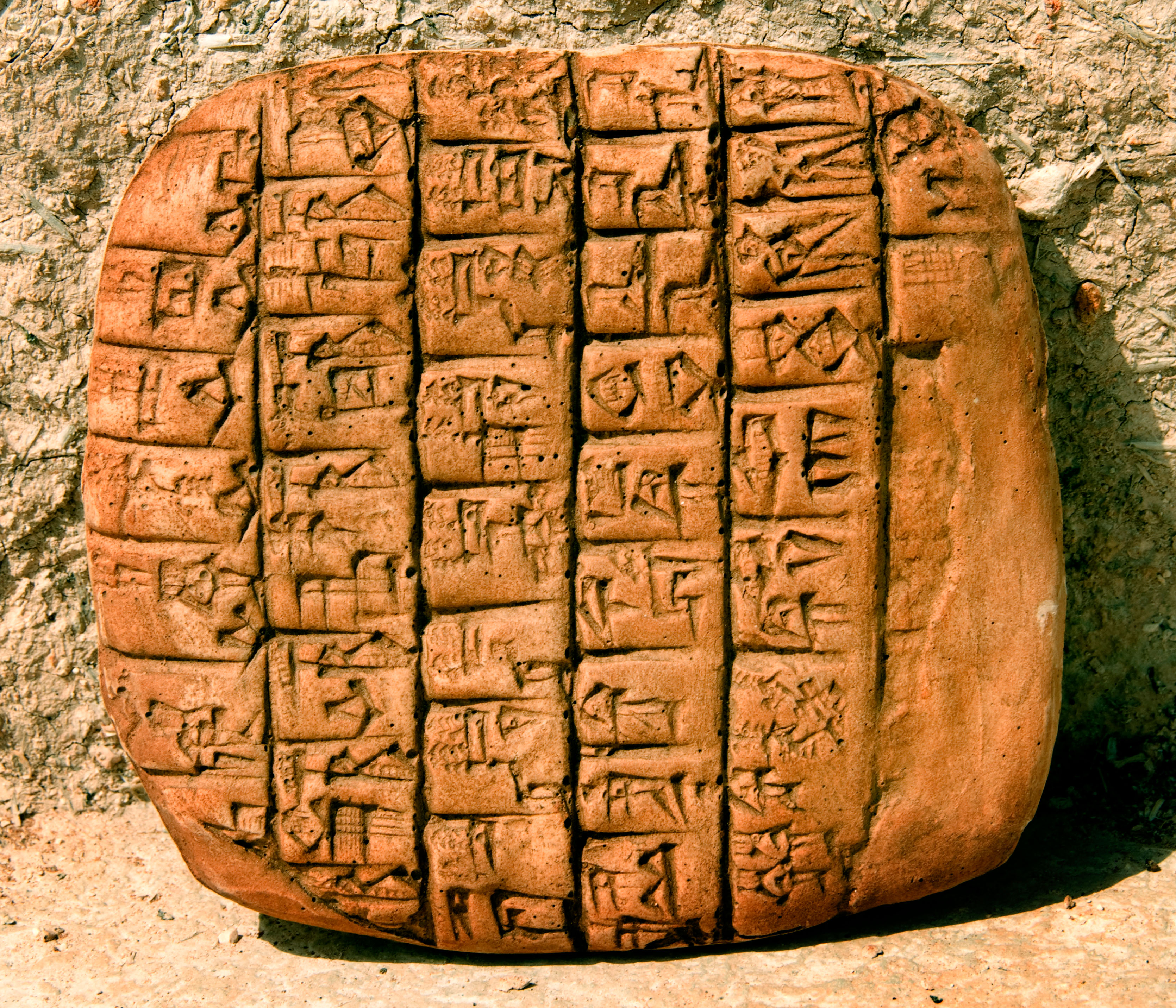Ebla was a city-state that flourished during the 2000’s B.C. in what is now northern Syria. A large ruin mound called Tell Mardikh, near the city of Aleppo, marks the former site of Ebla’s capital. The exact dates of Ebla’s existence are not known, but archaeologists have uncovered substantial remains from the late 2000’s B.C. and the early 1000’s B.C. At its height, Ebla was one of Syria’s dominant powers. It stretched 80 miles (200 kilometers) from north to south and 40 miles (100 kilometers) from east to west. The city-state of Mari was Ebla’s main rival.

Ebla’s economy was based on agriculture. The people also produced textiles and metal products for trade. Ebla received large payments called tributes from less powerful city-states. A king, advised by ministers and the heads of family groups, ruled Ebla. The royal palace, with thousands of officials and servants, was the center of government.
In the 1970’s, archaeologists found the ruins of a royal palace dating from around 2400 to 2350 B.C. The ruins contained thousands of clay tablets, written in an early Semitic language, that contained information about Ebla’s culture. Remains from about 1800 B.C. to 1600 B.C. include fortifications, palaces, and temples. This phase of Ebla’s history probably ended when the Hittites attacked northern Syria about 1600 B.C.
